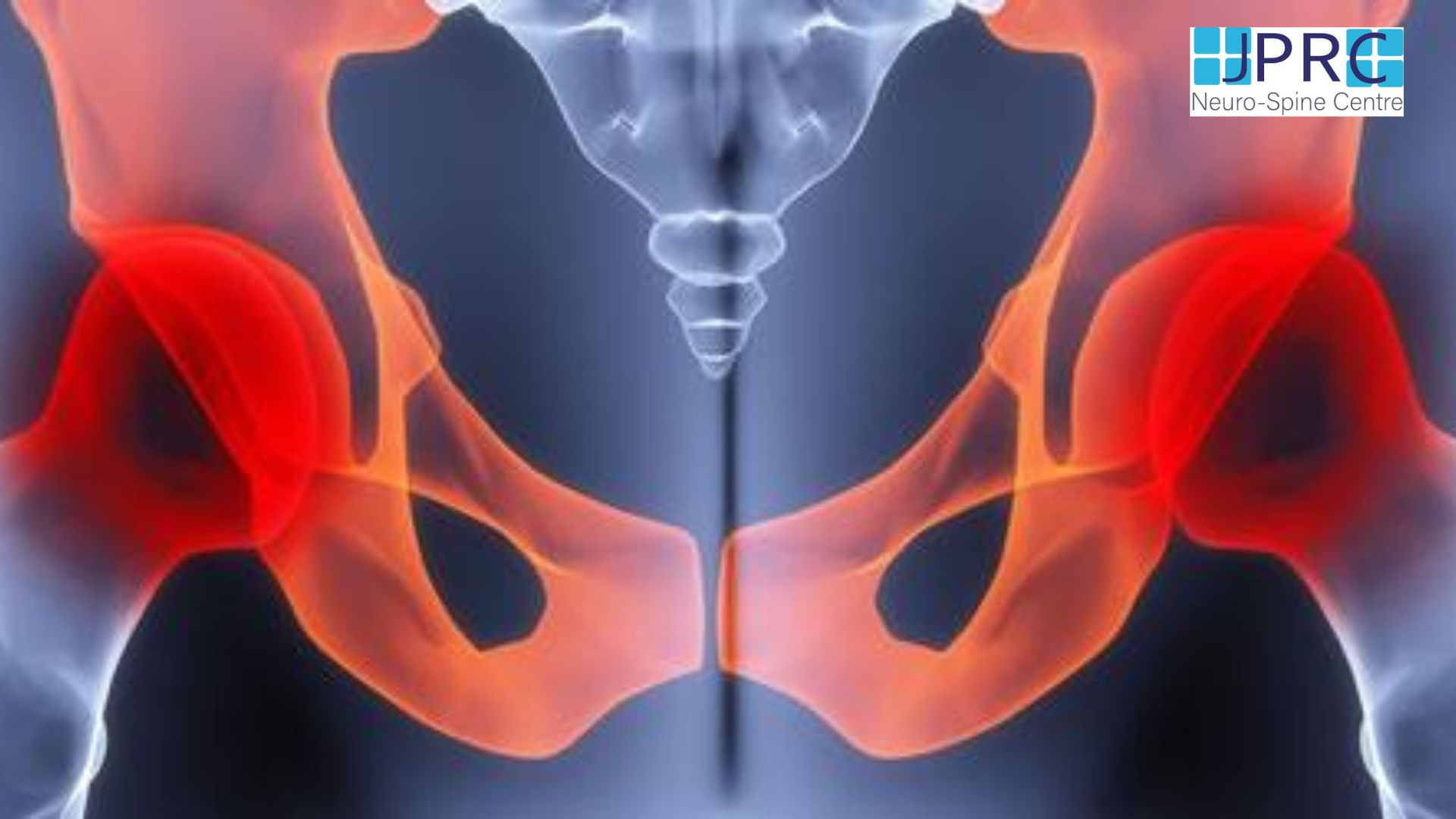Tongue Cancer Oral Pain: Targeted Relief with Gasserian Ganglion Block
Tongue cancer, a deadly oral condition, is difficult to treat, and the patient suffers
from tremendous discomfort. Tongue cancer can cause severe and long-lasting pain
that can affect a person's quality of life and general health. In these situations,
doctors often use specific pain relief methods like the Gasserian ganglion block.
Tongue cancer oral pain can be relieved with Gasserian ganglion block surgery.
Understanding Gasserian Ganglion Block
1. What Is Gasserian Ganglion Block?
A Gasserian ganglion block is a medical treatment that involves injecting anesthetic
medication near the Gasserian ganglion. This group of nerves, which is in the skull,
sends pain messages from the face and mouth to the brain. Doctors are
concentrating on this group of nerves in the hopes of preventing the transmission of
pain signals and assisting those suffering from oral pain, such as tongue cancer, to
feel better.
2. Tongue cancer pain: a formidable challenge
Cancer of the tongue can be an aggressive and painful disease, especially when it
affects nerve tissue. Tongue cancer pain is terrible, so specialized pain treatment
strategies specific to the affected area are necessary.
3. Tongue Cancer Pain Relief with Precision
The Gasserian ganglion block provides precise pain alleviation. This method targets
the face and mouth, especially the tongue, where the pain is most severe, unlike
systemic pain drugs.
The Procedure: Gasserian Ganglion Block and RFA
4. Immediate Relief Anesthetic Injection
A conventional Gasserian ganglion block involves injecting anesthetic near the
ganglion. This injection momentarily numbs the nerve cluster, stopping pain
communication. Patients with tongue cancer and oral pain get quick relief.
5. Radiofrequency ablation (RFA) Combination
Gasserian ganglion block and Radiofrequency Ablation (RFA) may be used together
to relieve pain for longer. RFA destroys nerve tissue with high-frequency electrical
currents and heat. This method can help with pain for a long time, from a few
months to a few years.
The Gasserian Ganglion Block Method
6. Precise and Guided
The Gasserian ganglion block treatment is precise with imaging assistance. A tiny
needle is used to gently put the anesthetic drug or RFA electrode near the Gasserian
ganglion. This coordinated strategy reduces complications and improves the
operation's efficacy.
7. Pain Relief Duration
Pain relief from a Gasserian ganglion block can last for different amounts of time.
Anesthetic injections usually relieve pain for weeks. In comparison, the combination
of a Gasserian ganglion block and RFA can provide longer-lasting relief, which could
last from months to years.
Potential Risks and Considerations
8. Safety and Risks
RFA and Gasserian ganglion block are safe; however, they have hazards. Infection,
hemorrhage, and nerve injury are possible. Patients should consider these risks
against pain relief benefits with their doctor.
A Multidisciplinary Pain Management Approach
9. Holistic Pain Management
Tongue cancer pain management is often interdisciplinary. Gasserian ganglion block
and RFA are part of a pain management plan. Medication, physical therapy, and
other individualized interventions are also options.
10. Evaluation and Consultation
Tongue cancer patients with oral pain should be evaluated by a medical team,
complete with an interventional pain specialist. This evaluation determines whether
Gasserian ganglion block and RFA are appropriate pain management options. The
choice should be made based on the patient's specific needs and in consultation with
the patient's healthcare team.
Patients with tongue cancer face a major medical challenge and substantial
suffering. With or without Radiofrequency Ablation, the Gasserian ganglion block
treatment targets and innovates tongue cancer pain management. These techniques
can improve patients' quality of life during cancer therapy by carefully targeting
pain signals.
Cancer Pain Specialist Dr. Minhaj Akhter is widely regarded for his knowledge,
expertise, and compassion. He has made significant contributions to oncology and
pain management by helping cancer patients manage pain and improve their
well-being.

2.jpg)
































































.jpg)











_Injection_Description_in_Hindi.jpg)



















.jpg)










.jpg)




.jpg)
.jpg)
.jpg)







.jpg)
.jpg)
.jpg)
.jpg)
.jpg)
.jpg)
.jpg)
.jpg)
.jpg)
.jpg)
.jpg)
.jpg)
.jpg)
.jpg)
.jpg)
.jpg)
.jpg)
.jpg)
.jpg)
.jpg)
.jpg)
.jpg)








1.jpg)
1.jpg)

1.jpg)
1.jpg)
1.jpg)
1.jpg)
1.jpg)










2.jpg)
3.jpg)



4.jpg)
1.jpg)
2.jpg)

5.jpg)

6.jpg)




7.jpg)
2.jpg)

8.jpg)

9.jpg)
3.jpg)

10.jpg)

11.jpg)


12.jpg)
4.jpg)






























